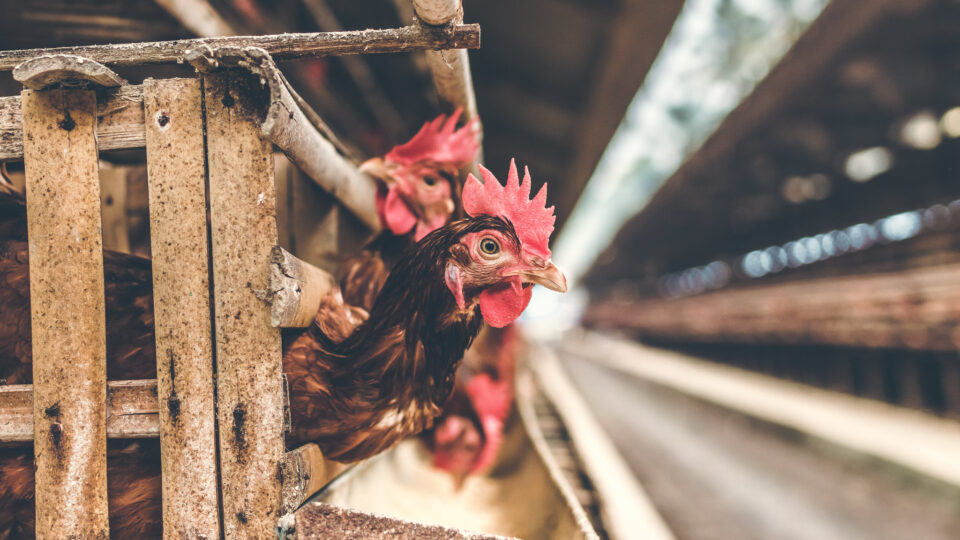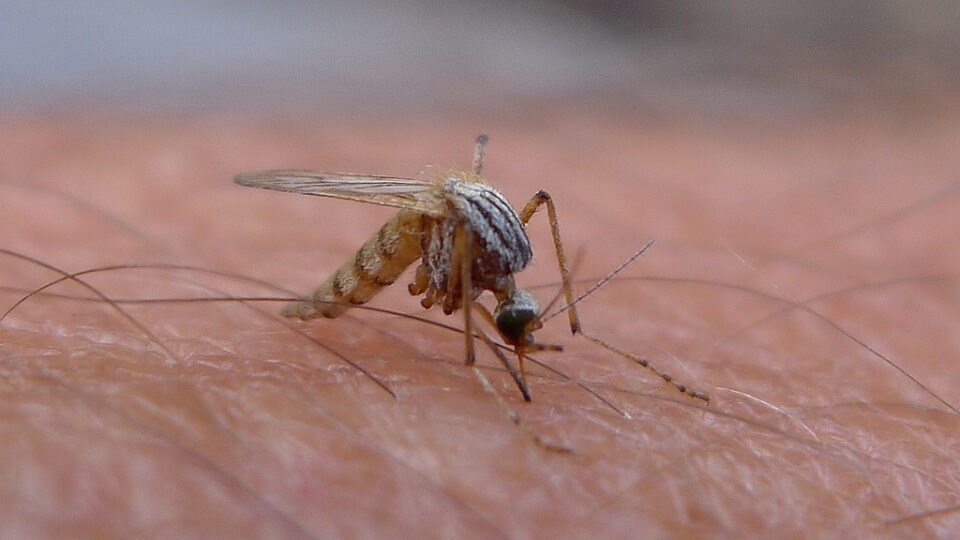The worsening severity of wildfires across the globe is a major public health concern. The pulmonary and cardiovascular consequences of wildfire smoke inhalation have been well researched and have been an increasing focus for officials in places like California, other western states, and Australia. More recently, another public health concern has emerged related to the fact that wildfire smoke can carry microbes that cause infectious diseases.
A new analysis, published in the journal Science, points out that the risk of potential infection from airborne microbes has not been the subject of much research.
The fungus coccidioides, for example, becomes airborne when soils are disturbed by fire. When this fungus is inhaled, it can cause Valley fever, an infection with flu-like symptoms that sometimes progresses to pneumonia or meningitis. Inhalation risk of these microbes is highest closest to fires, so coccidioidomycosis is listed as a professional risk for firefighters.
A recent study found an increase in cases of invasive mold infection, aspergilliosis, as well as cases of coccidioidomycosis at hospitals within 200 miles of major wildfires in California.
Wildfire smoke has been shown to carry airborne particles of fungal and bacterial cells, hitching a ride on water vapor or charred carbon, over thousands of miles. Some microbes in soil appear to be tolerant of or even thrive under high temperatures following wildfires.
A multidisciplinary research collaboration is needed to better understand the relationship between microbes, wildfire, and public health. Such knowledge is increasingly vital as severe wildfires become seasonal norms in parts of the world such as the United States and Australia.
**********
Web Links
Wildfire Smoke Can Carry Dangerous Microbes Thousands of Miles, Scientists Warn
Photo, posted September 9, 2020, courtesy of Christopher Michel via Flickr.
Earth Wise is a production of WAMC Northeast Public Radio.



